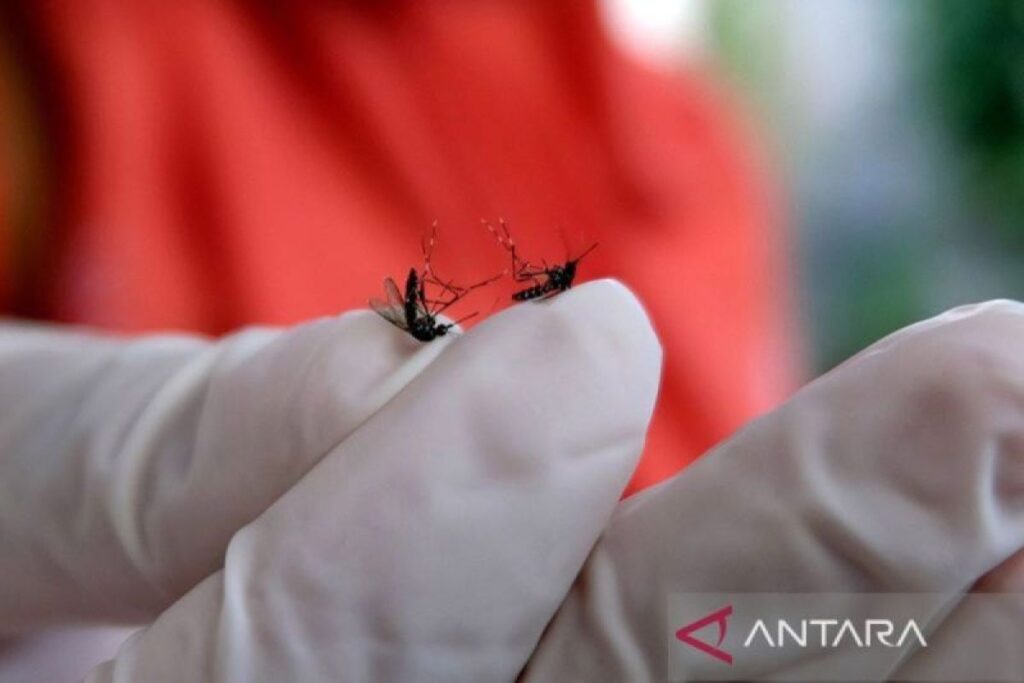Dengue fever, or DBD, is a serious illness that is transmitted through mosquito bites. The two main culprits behind the spread of DBD are the Aedes aegypti and Aedes albopictus mosquitoes. These two species are similar in many ways, but there are also key differences between them that can help us better understand how to prevent the spread of DBD.
Aedes aegypti is the primary vector for DBD in Indonesia. This mosquito species is easily recognizable by its black and white striped legs and body. Aedes aegypti is a daytime biter, meaning it is most active during the early morning and late afternoon. It is also a highly adaptive species that can thrive in urban areas, making it a common sight in cities and towns across Indonesia.
On the other hand, Aedes albopictus is a secondary vector for DBD. This mosquito species is similar in appearance to Aedes aegypti, but it has distinct white stripes on its legs. Aedes albopictus is more commonly found in rural and forested areas, but it can also be found in urban environments. Unlike Aedes aegypti, Aedes albopictus is a more aggressive biter and can bite both during the day and at night.
Both Aedes aegypti and Aedes albopictus are capable of transmitting the dengue virus to humans through their bites. When an infected mosquito bites a person, the virus is transmitted into their bloodstream, leading to the development of dengue fever. Symptoms of DBD include high fever, severe headache, joint and muscle pain, and in severe cases, bleeding and organ failure.
Preventing the spread of DBD requires effective mosquito control measures. This includes eliminating standing water where mosquitoes breed, using insect repellent, wearing long sleeves and pants, and installing mosquito screens on windows and doors. By understanding the differences between Aedes aegypti and Aedes albopictus, we can better target our efforts to control these mosquito populations and reduce the risk of dengue fever in our communities.
